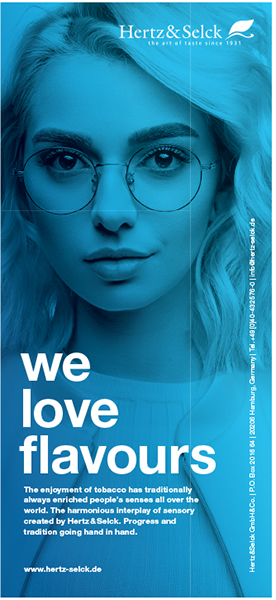
More than 75 percent of U.S. physicians believe that nicotine directly contributes to cancer and cardiovascular disease, reports Filter, citing a recent study in the International Journal of Environmental Research and Public Health.
The study assesses the impact of wording on perceptions of nicotine use. Two versions of a questionnaire were given to 926 physicians, asking about the “extent to which they agree or disagree that ‘nicotine’ [version one] or ‘nicotine, on its own,’ [version two] directly contributes to birth defects, CVD [cardiovascular disease], cancer, depression and chronic obstructive pulmonary disease (COPD).”
For version one of the questionnaire, 85 percent and 85.2 percent of physicians “strongly agreed” that nicotine directly contributed to cancer and COPD, respectively. For version two, 69.6 percent and 67.3 percent “strongly agreed” with those statements.
The study showed a difference in perceptions between medical specializations as well—pulmonologists were the least likely to hold misperceptions about nicotine, and family medicine physicians were the most likely to hold misperceptions about nicotine.
“Even after accounting for question version, the proportion of surveyed physicians who believe that nicotine directly contributes to these health outcomes is alarmingly high,” the study authors wrote. “It is possible that participants are conflating the addictive effect of nicotine with the comparatively more harmful effects of tobacco use.”
“It is very important for physicians to understand the relative harm between nicotine and the other 7,000 toxins in tobacco smoke,” said Michelle Bover Manderski, lead researcher. “This is especially important as physicians play a key role in recommending and prescribing FDA-approved nicotine-replacement medications.”
































